Home>Furniture>Outdoor Furniture>How To Build Outdoor Cushions With Sunbrella
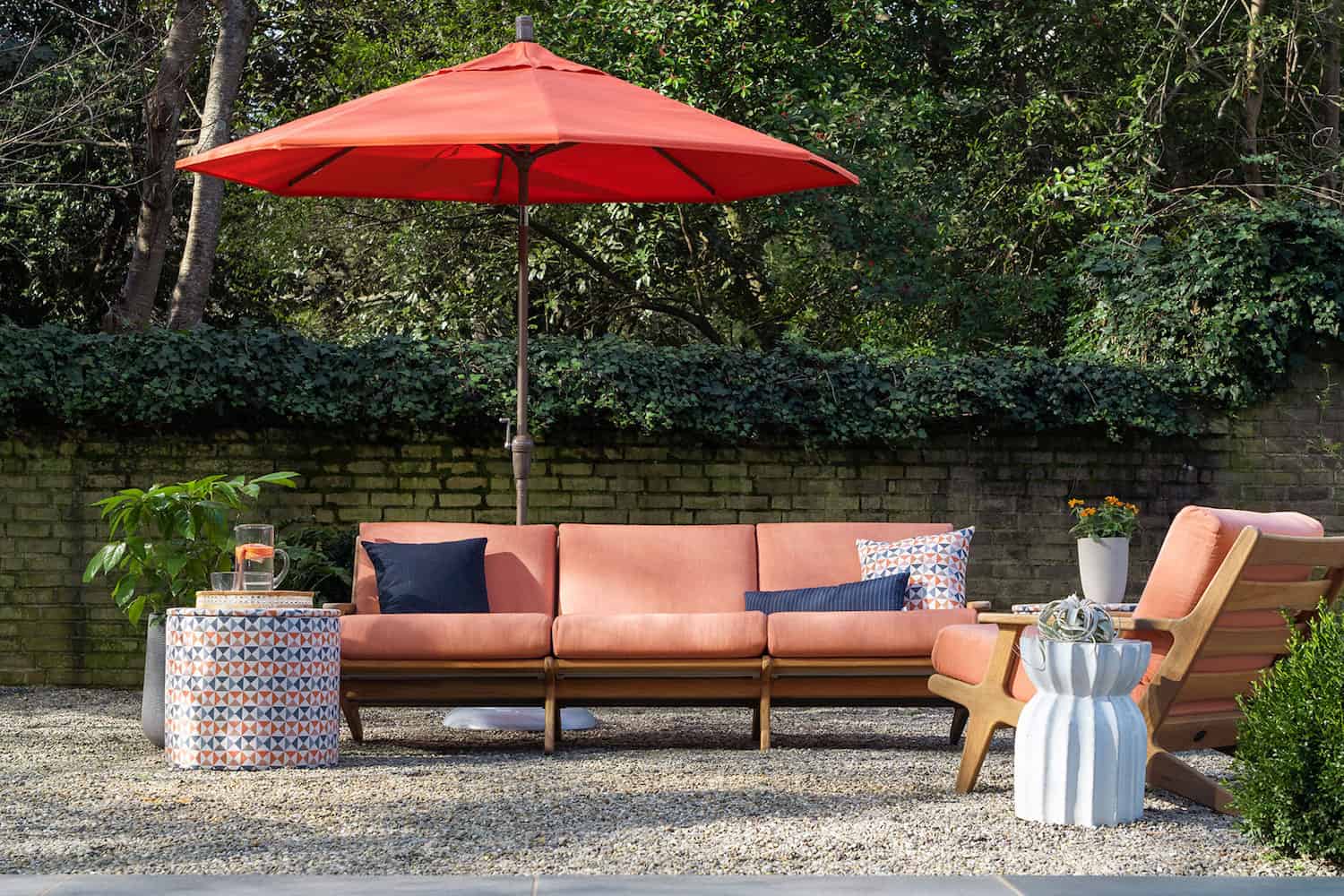

Outdoor Furniture
How To Build Outdoor Cushions With Sunbrella
Modified: March 16, 2024
Learn how to build comfortable and durable outdoor cushions with Sunbrella fabric, perfect for your outdoor furniture. Create a stylish and cozy outdoor space that will last for years.
(Many of the links in this article redirect to a specific reviewed product. Your purchase of these products through affiliate links helps to generate commission for Storables.com, at no extra cost. Learn more)
Introduction
Welcome to the world of outdoor furniture! Whether you have a spacious patio, a cozy backyard, or a charming balcony, investing in comfortable outdoor cushions is a must. These cushions not only provide a soft and welcoming place to sit, but they also add a touch of style and color to your outdoor space. One popular choice for outdoor cushions is Sunbrella fabric, known for its durability, fade resistance, and easy maintenance.
In this article, we will guide you through the process of building your own outdoor cushions using Sunbrella fabric. We will discuss selecting the right fabric, measuring your furniture, choosing the appropriate cushion foam, cutting and sewing the fabric, and adding closures for easy removal. We will also share tips for maintaining and cleaning your Sunbrella cushions to ensure they last for years to come.
By the end of this article, you will have the knowledge and confidence to create custom-made cushions that not only fit your outdoor furniture perfectly but also withstand the elements and provide a comfortable seating experience for family and friends.
So, let’s dive in and discover the world of outdoor cushion creation!
Key Takeaways:
- Creating custom outdoor cushions with Sunbrella fabric is a fun and practical way to add comfort and style to your outdoor space. From choosing the right fabric to adding closures, you can craft cushions that fit your furniture perfectly and withstand the elements.
- Maintaining and cleaning Sunbrella cushions is easy and essential for keeping them vibrant and durable. With regular brushing, spot cleaning, and proper storage, you can ensure that your cushions remain beautiful and inviting for years to come.
Choosing the Right Sunbrella Fabric
When it comes to outdoor cushions, selecting the right fabric is crucial. Sunbrella fabric is widely regarded as one of the best choices for outdoor use due to its exceptional durability and resistance to fading, mold, and mildew.
When choosing Sunbrella fabric, consider the following factors:
- Color and Design: Sunbrella offers a wide range of colors and patterns to suit your personal style and complement your outdoor décor. Consider the existing color scheme of your outdoor space and choose a fabric that harmonizes with it.
- Durability: Look for Sunbrella fabrics with a high abrasion resistance rating. This ensures that your cushions will stand up to regular use and remain in great condition for years to come.
- Fade Resistance: Sunbrella fabrics are treated with UV inhibitors, which help to prevent fading caused by sun exposure. Ensure that the fabric you choose has excellent fade resistance to maintain its vibrant color over time.
- Water Resistance: While Sunbrella fabric is not completely waterproof, it does have excellent water repellency. This means that it resists water absorption and dries quickly, making it ideal for outdoor use.
- Mold and Mildew Resistance: Sunbrella fabric is also resistant to mold and mildew, which can be a common issue in outdoor environments. This makes it a great choice for areas with high humidity or regular exposure to moisture.
It’s important to note that Sunbrella fabric is solution-dyed, meaning that the color is added during the fiber manufacturing process, resulting in color that is deeply embedded in the fabric. This makes the color incredibly fade-resistant and ensures that it won’t wash out or fade over time.
Before making your final fabric choice, be sure to request samples from the Sunbrella website or your local fabric retailer. This allows you to see and feel the fabric in person, ensuring that it meets your expectations in terms of color, texture, and overall quality.
Once you’ve chosen the perfect Sunbrella fabric for your outdoor cushions, it’s time to move on to the next step: measuring your outdoor furniture.
Measuring the Outdoor Furniture
Before you start sewing your Sunbrella fabric into cushion covers, it’s essential to accurately measure your outdoor furniture. This ensures that the cushions will fit snugly and provide optimal comfort.
Here’s a step-by-step guide to measuring your outdoor furniture:
- Take Note of the Shape: Determine the shape of your outdoor furniture and note down any unique features such as curved edges or angled corners. This will help you create cushion patterns that match your furniture’s shape.
- Measure the Seat Depth: Measure the depth of the seating area from the front edge to the backrest. This will give you an idea of how deep your cushions should be.
- Measure the Seat Width: Measure the width of the seating area from one side to the other. This will give you the width measurement for your cushions.
- Measure the Backrest Height: Measure the height of the backrest from the seat to the top edge. This will help you determine the height of your cushions.
- Measure any Armrests or Side Panels: If your outdoor furniture has armrests or side panels, measure their width and height to ensure that your cushions will fit properly around them.
It’s important to measure your outdoor furniture with a flexible measuring tape, as it can easily bend and conform to the curves and irregular shapes of the furniture. Take multiple measurements to ensure accuracy, and remember to add a little extra for seam allowances and cushion loft.
Once you have all the measurements, it’s time to move on to selecting the right cushion foam for your outdoor cushions.
Selecting the Right Cushion Foam
Choosing the right cushion foam is crucial for creating comfortable and supportive outdoor cushions. The foam provides the structure and padding that make your cushions enjoyable to sit on.
When selecting cushion foam for your outdoor cushions, consider the following factors:
- Density: Foam density determines the level of firmness and support. For outdoor cushions, opt for high-density foam that can withstand regular use and retain its shape over time.
- Outdoor Specific Foam: Look for foam specifically designed for outdoor use. This type of foam is resistant to moisture and mold, making it ideal for outdoor environments.
- Quick Dry Foam: If your cushions are exposed to rain or water, consider using quick-dry foam. This type of foam has an open-cell structure that allows water to easily drain and air to circulate, ensuring fast drying times.
- Thickness: Consider the thickness of the foam based on your measurements and personal preference. Thicker foam provides more cushioning, while thinner foam creates a firmer seating experience.
It is recommended to purchase foam that is slightly larger than your measured cushion dimensions to ensure a snug fit. You can easily trim the foam down to the desired size using a serrated knife or an electric foam cutter.
If your outdoor furniture has curved or irregular shapes, you may need to opt for custom-cut foam or utilize a combination of foam pieces to create the desired shape and cushioning. Many foam retailers offer cutting services or can provide guidance on how to achieve the desired shape.
Once you have chosen the right cushion foam, it’s time to move on to the next step: cutting the Sunbrella fabric to create the cushion covers.
Cutting the Sunbrella Fabric
Now that you have your measurements and cushion foam ready, it’s time to cut the Sunbrella fabric to create the covers for your outdoor cushions. Proper cutting is essential to ensure that the fabric fits tightly and looks professional.
Here’s a step-by-step guide on cutting the Sunbrella fabric:
- Prepare the Fabric: Lay the Sunbrella fabric on a clean, flat surface. Smooth out any wrinkles or creases to ensure accurate cutting.
- Mark your Measurements: Use a fabric chalk or marker to mark your measurements directly on the Sunbrella fabric. Be sure to add extra allowance for seams and cushion loft.
- Cut with Sharp Scissors or a Rotary Cutter: Use sharp fabric scissors or a rotary cutter to cut along the marked lines. Ensure clean, straight cuts for a polished finish.
- Double-check Measurements: After cutting each piece, double-check the measurements to ensure they match your furniture’s dimensions accurately.
- Label each piece: To avoid confusion during the sewing process, label each cut piece of fabric according to its intended placement, such as “Seat,” “Backrest,” or “Armrest.”
When cutting multiple pieces of fabric, it’s essential to align the pattern or grain of the fabric consistently. This ensures a cohesive look when the cushions are assembled. Take your time to ensure precise cutting, as accuracy plays a significant role in achieving professional-looking cushions.
Remember, Sunbrella fabric is woven and may fray at the cut edges. To prevent fraying, you can either use a fabric fray prevention product, such as Fray Check, or carefully sew a zigzag stitch along the cut edges. This will secure the fabric and prevent it from unraveling.
With the Sunbrella fabric cut to size, you’re ready to move on to the next step: sewing the cushion covers.
Sewing the Cushion Covers
Now that you have the Sunbrella fabric cut to size, it’s time to sew the cushion covers. Sewing your own cushion covers allows you to customize the design and ensures a perfect fit for your outdoor furniture.
Here’s a step-by-step guide on sewing the cushion covers:
- Gather your Materials: Prepare your sewing machine, matching thread, pins, and any additional accessories, such as a walking foot or a zipper foot, if needed.
- Pin the Fabric: Place two corresponding fabric pieces together with their right sides facing each other. Use pins to secure the fabric in place, leaving one side open for inserting the foam.
- Begin Sewing: Using a straight stitch, start sewing the fabric together, leaving a ½-inch seam allowance. Backstitch at the beginning and end for added durability.
- Corner Reinforcements: To reinforce the corners of the cushion covers, sew a diagonal stitch across each corner. This helps prevent the fabric from tearing or fraying with frequent use.
- Trim Excess Seam Allowance: Trim the excess seam allowance with fabric scissors, leaving a small margin for neatness.
- Trim and Clip Curved Edges: If your cushion covers have curved edges, make small snips along the seam allowance to allow the fabric to lie flat when turned right side out.
- Press and Turn the Covers: Carefully press the sewn cushion covers with a warm iron to remove any wrinkles. Then, turn the covers right side out through the open side.
- Press and Topstitch: Press the covers again to ensure crisp edges, and then topstitch around the perimeter with a ¼-inch seam allowance. This adds a professional finishing touch and helps the covers maintain their shape.
Repeat these steps for each cushion cover, ensuring consistency in your sewing techniques and measurements.
If you’re not confident in your sewing skills or don’t have access to a sewing machine, you can also enlist the help of a professional seamstress or explore alternatives such as fabric glue or iron-on hem tape to create the cushion covers.
With the cushion covers sewn, it’s time to move on to the next step: adding closures to make the cushions easily removable for cleaning or storage purposes.
When building outdoor cushions with Sunbrella fabric, make sure to use high-quality outdoor foam for the filling to ensure durability and water resistance.
Adding Zipper or Velcro Enclosures
Adding closures to your cushion covers not only allows for easy removal but also provides a clean and polished look. Two common closure options are zippers and Velcro, both of which offer convenience and functionality.
Adding a Zipper:
- Measure the Length: Determine the length of the opening where the zipper will be inserted. This is usually the side or back of the cushion cover.
- Choose the Right Zipper: Select a high-quality zipper that matches the length of your opening. Opt for a zipper that is specifically designed for outdoor use, as it will be more resistant to moisture and corrosion.
- Mark the Placement: Mark the placement of the zipper on the fabric, ensuring it is centered along the opening.
- Sew the Zipper: Using a zipper foot on your sewing machine, sew the zipper onto the fabric, following the manufacturer’s instructions. Backstitch at the beginning and end for added strength.
Adding Velcro Enclosures:
- Measure and Mark: Determine the length of the opening where the Velcro will be attached. Mark the placement of the Velcro on the fabric.
- Choose the Right Velcro: Select a high-quality weather-resistant Velcro that matches the length of the opening. It should have both a hook side and a loop side.
- Sew the Velcro: Sew one side of the Velcro onto the inside of one fabric piece, and the corresponding side of the Velcro onto the other fabric piece. Ensure that the placement aligns when the cushion cover is closed.
Both options provide a secure closure for your cushion covers, making it easy to remove them for cleaning or storage. Ensure that the closure is sturdy and can withstand regular use.
Adding closures not only adds functionality but also allows for easy maintenance and the opportunity to change or wash your cushion covers as needed. With the closures in place, the next step is to insert the cushion foam into the covers.
Inserting the Cushion Foam
With the cushion covers sewn and closures added, it’s time to insert the cushion foam into the covers. Properly inserting the foam ensures a snug and comfortable fit, resulting in well-structured and inviting outdoor cushions.
Follow these steps to insert the cushion foam:
- Open the Closure: Unzip or unfasten the closure to create an opening large enough to insert the foam.
- Align the Foam: Align the foam with the cushion cover, making sure it fits properly and fills the cover evenly.
- Gently Insert the Foam: Slowly and carefully insert the cushion foam into the cover, checking for any misalignment or bunching of the fabric.
- Smooth Out the Fabric: As you insert the foam, gently smooth out the fabric to eliminate any wrinkles or air pockets. Ensure that the foam is properly seated within the cover.
- Close the Cushion: Once the foam is fully inserted, close the cushion cover using the zipper or Velcro enclosure. Ensure that the closure is securely fastened.
Take your time while inserting the foam to ensure a neat and professional appearance. If necessary, adjust the foam and smooth out the fabric until you achieve an even and appealing result.
If the foam feels too tight or you prefer a plusher cushion, you can use a vacuum cleaner with a hose attachment to remove some air from the foam and make it more malleable. This allows for easier insertion while maintaining a comfortable cushion density.
Once you’ve inserted the foam and closed the cushion, give it a gentle press and fluff to evenly distribute the filling. Your outdoor cushions are now complete and ready to be enjoyed!
In the next section, we will discuss some finishing touches and closures to enhance the appearance and functionality of your Sunbrella cushions.
Finishing Touches and Closures
Now that your outdoor cushions are sewn, filled with foam, and securely closed, it’s time to add some finishing touches and closures to enhance their appearance and functionality.
Piping or Welting:
Add a professional touch to your cushions by incorporating piping or welting. Piping is a decorative trim that runs along the edges of the cushion, while welting is a cord or tape that is sewn into the seams. These details add structure and visual interest to your cushions.
Buttons or Tufting:
Add buttons or tufting to create a classic and elegant look. Buttons can be sewn onto the cushion’s surface or used with tufting techniques to create a plush and tailored appearance.
Ties or Straps:
If you want to keep your cushions securely in place, consider adding ties or straps. These can be attached to the cushion cover or sewn onto the furniture to prevent the cushions from sliding or blowing away in strong winds.
Specialized Closures:
Depending on your preference and the specific design of your cushions, you can explore other closures such as snap buttons, hook and loop fasteners, or even fabric buckles. These closures offer convenience and a unique aesthetic appeal.
Adding these finishing touches and closures is an optional step that allows you to personalize and customize your outdoor cushions according to your style and needs.
Now that your Sunbrella cushions are complete, it’s important to know how to maintain and clean them to keep them looking their best. In the next section, we will discuss tips for maintaining and cleaning your Sunbrella cushions.
Read more: How To Clean Sunbrella Patio Cushions
Maintaining and Cleaning Sunbrella Cushions
One of the significant advantages of Sunbrella fabric is its easy maintenance and cleaning. With proper care, your Sunbrella cushions can remain vibrant and durable for years to come.
Here are some tips for maintaining and cleaning your Sunbrella cushions:
- Regular Brushing: Brush off any loose dirt or debris from the cushions using a soft-bristle brush. This helps prevent dirt from embedding into the fabric.
- Spot Cleaning: For small stains or spills, immediately blot the area with a clean cloth or paper towel. Avoid rubbing, as it may spread the stain. Use a mild soap solution (such as dish soap) and water to gently clean the affected area. Rinse thoroughly and allow it to air dry.
- Machine Washable Covers: Some Sunbrella cushion covers are machine washable. Check the manufacturer’s instructions or care label to determine if your covers can be machine washed. Use a gentle cycle with mild laundry detergent, and air dry or tumble dry on low heat.
- Removing Covers: If your cushion covers have closures, such as zippers or Velcro, it is recommended to remove them and clean them separately. This ensures a thorough cleaning and allows the covers to dry properly.
- Storing the Cushions: If you’re not using your outdoor cushions for an extended period or during inclement weather, it’s advisable to store them in a dry and well-ventilated area. Ensure the cushions are clean and completely dry before storing to prevent mold and mildew growth.
- Weather Protection: While Sunbrella fabric is highly resistant to fading and mildew, it’s still beneficial to protect your cushions from prolonged exposure to intense sunlight and heavy rain. Consider using a furniture cover or storing them indoors when not in use.
- Professional Cleaning: For stubborn stains or deep cleaning, consider seeking professional cleaning services that specialize in Sunbrella fabrics. They have the expertise and tools to safely and effectively clean your cushions.
By following these maintenance and cleaning guidelines, you can ensure that your Sunbrella cushions remain beautiful and in great condition for many seasons of outdoor enjoyment.
As a final note, always refer to the specific care instructions provided by the manufacturer or Sunbrella for your cushions to ensure you’re properly caring for the fabric.
With proper maintenance and a little TLC, your Sunbrella cushions will continue to provide comfort and enhance the aesthetic appeal of your outdoor space for years to come.
Now that you have all the necessary knowledge and tips for building, maintaining, and cleaning your Sunbrella cushions, go ahead and enjoy the endless comfort and style they add to your outdoor furniture!
Happy cushion crafting!
Conclusion
Building your own outdoor cushions with Sunbrella fabric is a rewarding and practical endeavor. Not only do you have the opportunity to create custom-made cushions that perfectly fit your outdoor furniture, but you also benefit from the exceptional durability, fade resistance, and easy maintenance that Sunbrella fabric offers.
Throughout this article, we have explored the key steps involved in building outdoor cushions with Sunbrella fabric. From choosing the right fabric and measuring your furniture to selecting cushion foam, cutting and sewing the fabric, and adding closures, each step is essential in creating cushions that are comfortable, visually appealing, and long-lasting.
We have also discussed the importance of maintaining and cleaning your Sunbrella cushions to ensure their longevity. By following simple cleaning and maintenance practices, you can keep your cushions looking beautiful and ready to withstand the demands of outdoor use.
Remember, building outdoor cushions allows you to unleash your creativity and personal style. You have the freedom to choose unique fabrics, add decorative touches, and customize closures to match your design preferences and functional needs.
Whether you’re lounging on your patio, enjoying a backyard barbecue, or sipping a cup of coffee on your balcony, your Sunbrella cushions will provide a comfortable and inviting seating experience for family, friends, and yourself.
So, why wait? Take the plunge and embark on this DIY project to build your own outdoor cushions with Sunbrella fabric. With the knowledge and guidance provided in this article, you have all the tools to create cushions that are not only functional but also a beautiful extension of your outdoor living space.
Get ready to elevate your outdoor relaxation and entertainment with cushions that are designed and crafted with love and expertise. Enjoy the comfort, durability, and style that Sunbrella brings to your outdoor furniture.
Now, go forth, embrace your creativity, and build the perfect cushions for your outdoor oasis!
Frequently Asked Questions about How To Build Outdoor Cushions With Sunbrella
Was this page helpful?
At Storables.com, we guarantee accurate and reliable information. Our content, validated by Expert Board Contributors, is crafted following stringent Editorial Policies. We're committed to providing you with well-researched, expert-backed insights for all your informational needs.
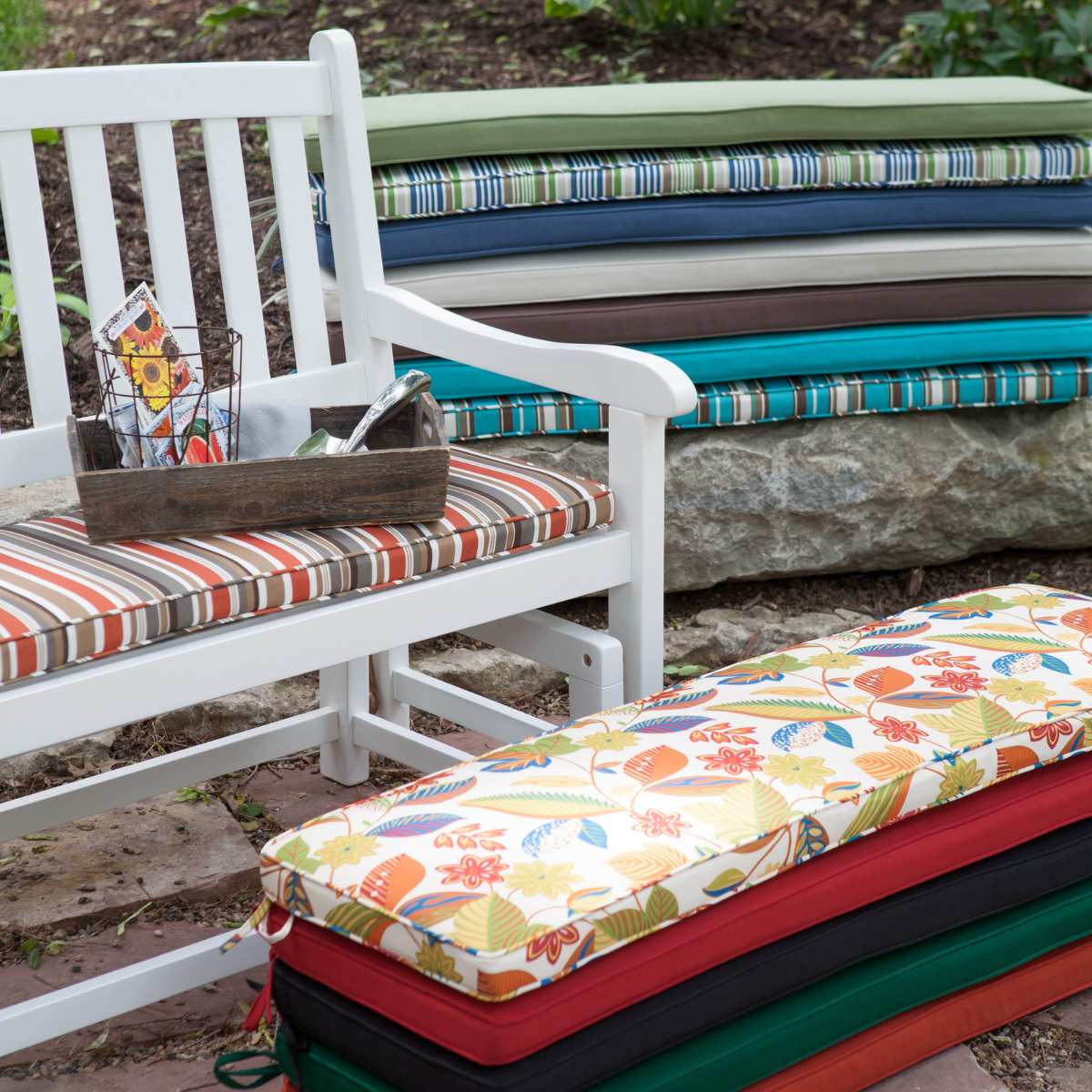
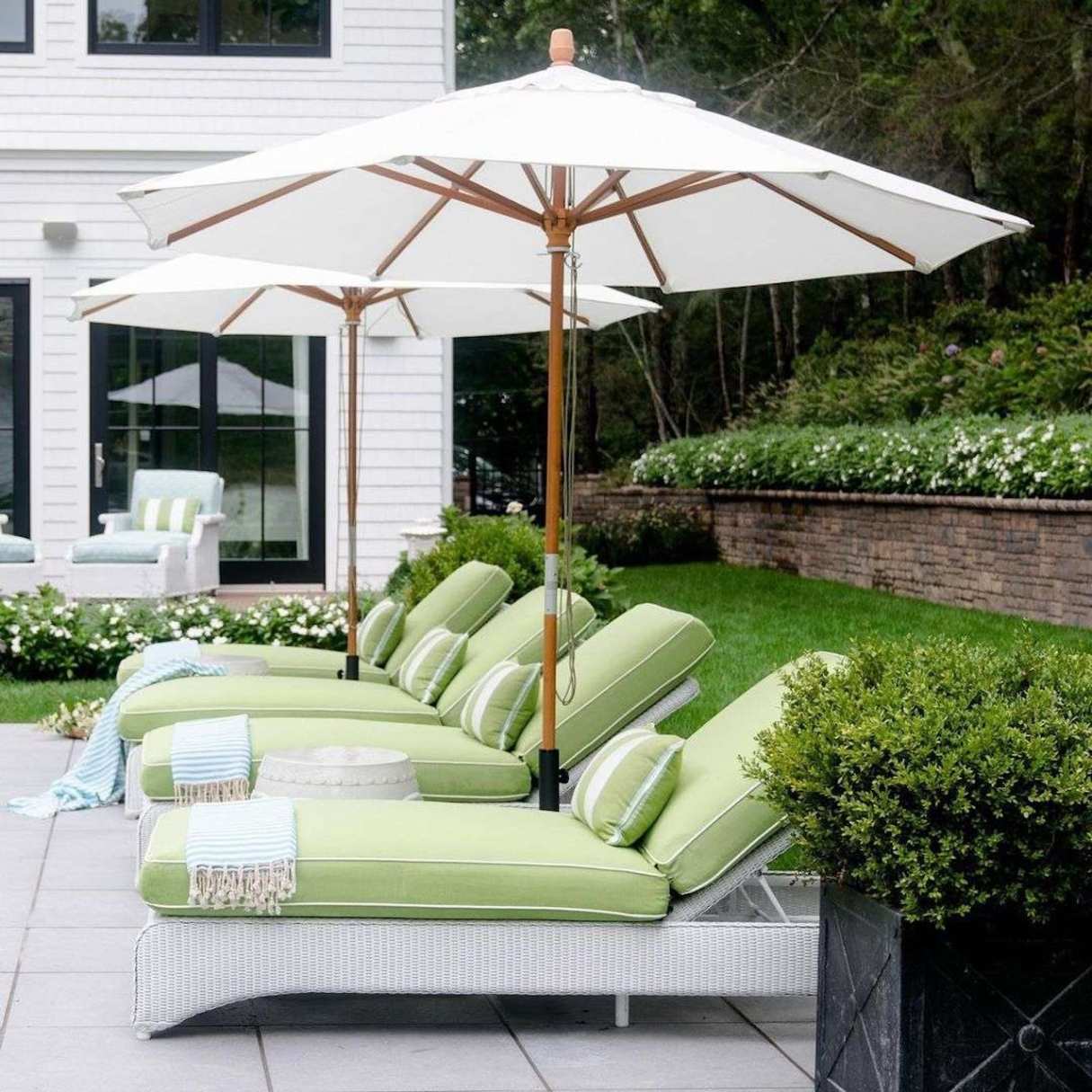
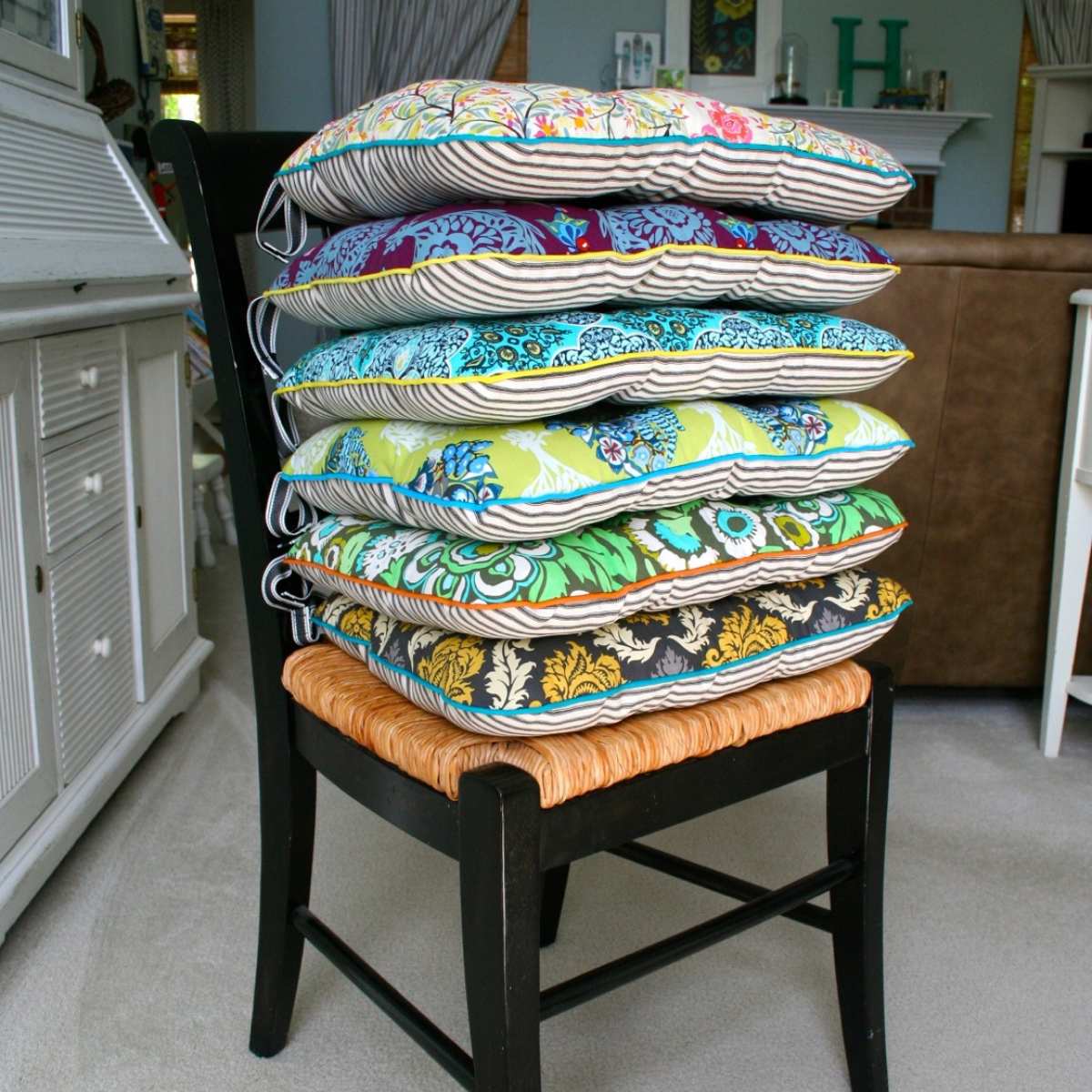
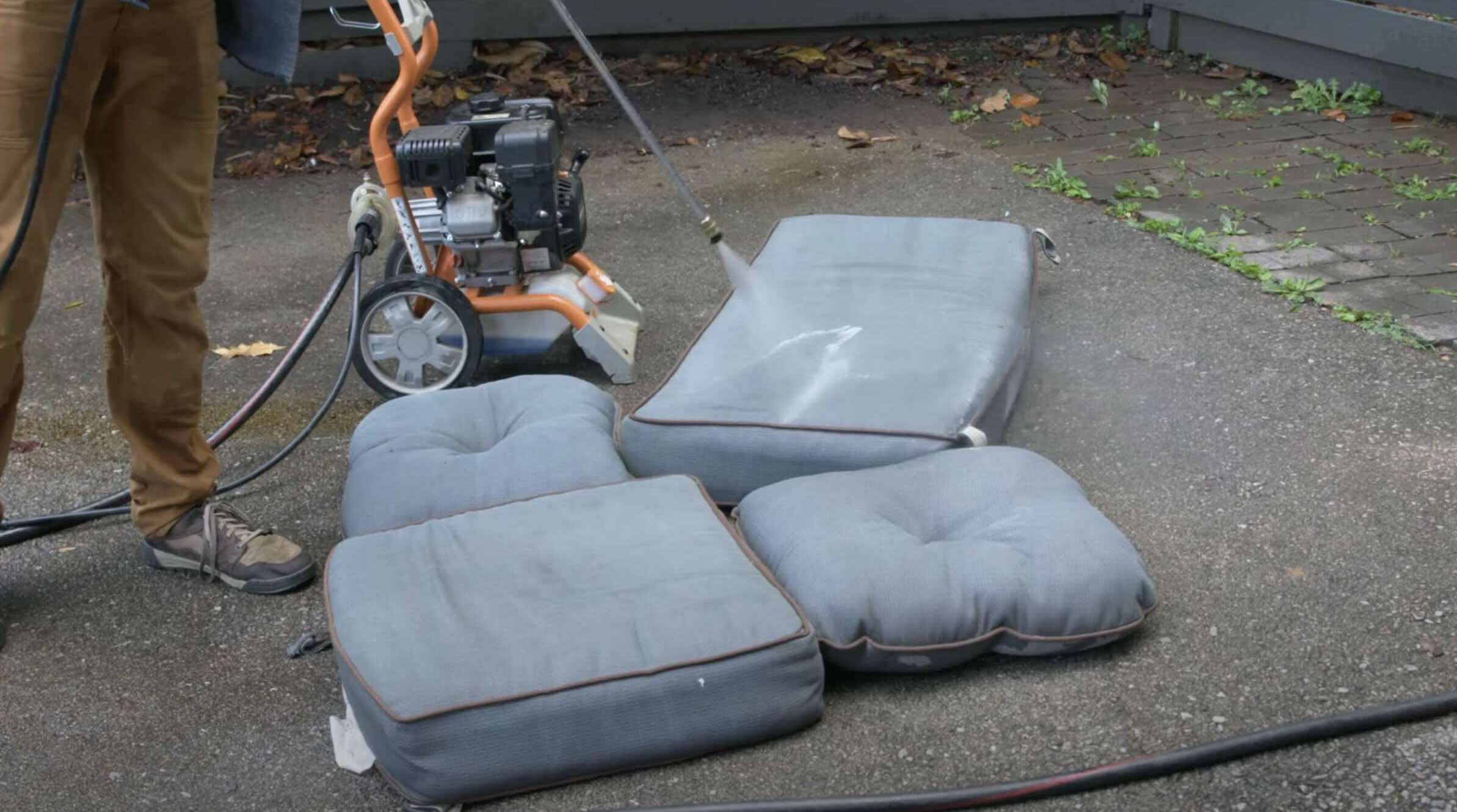
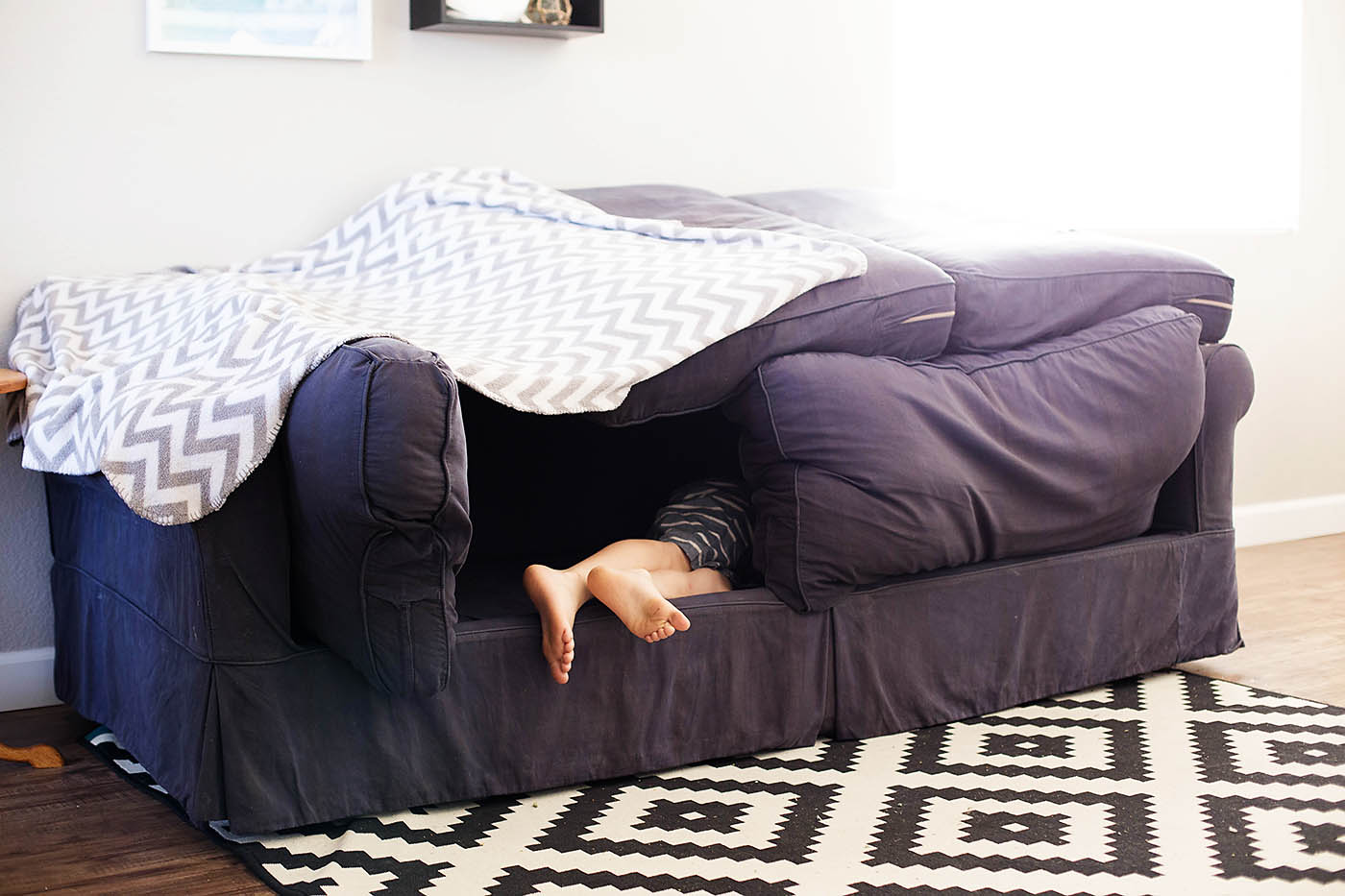
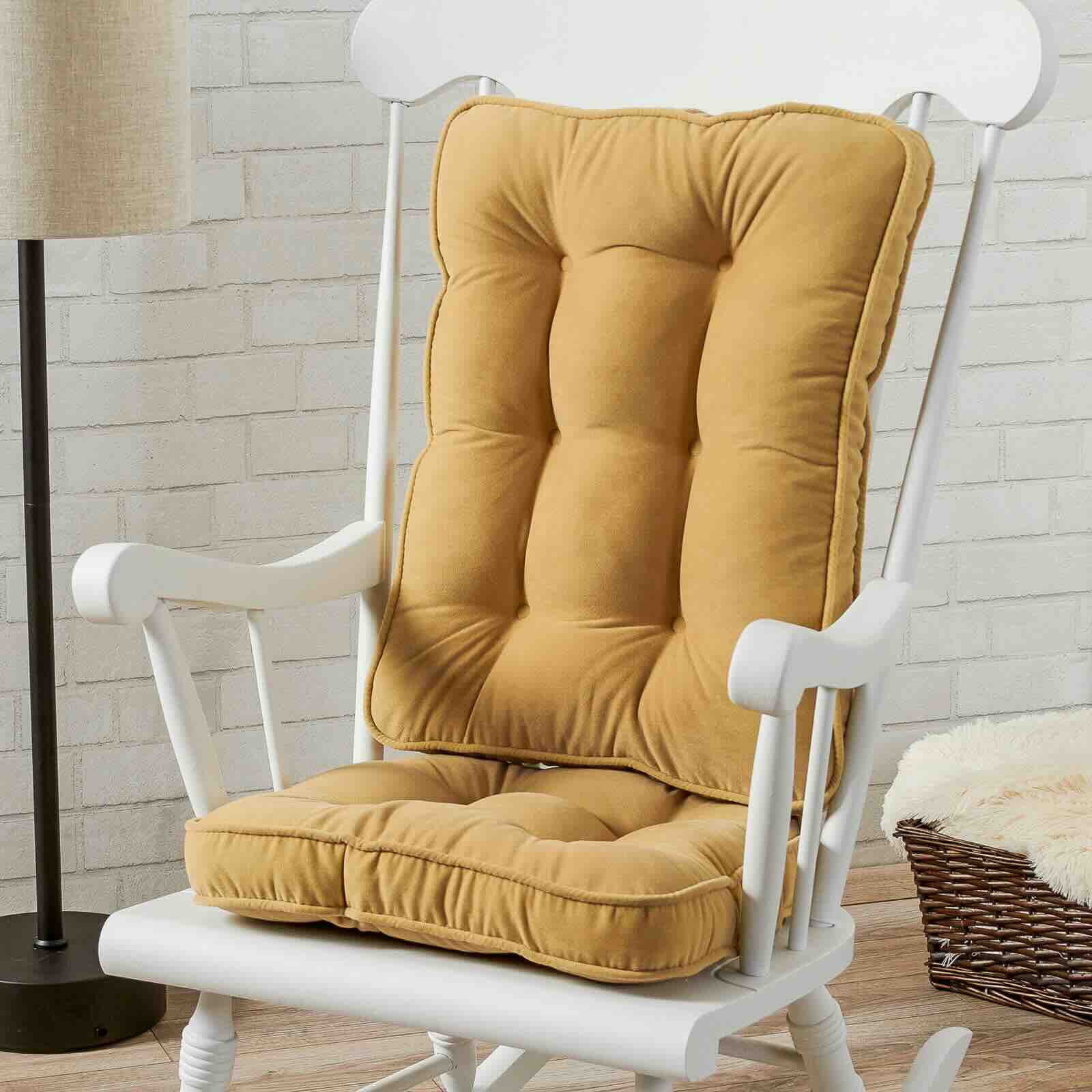
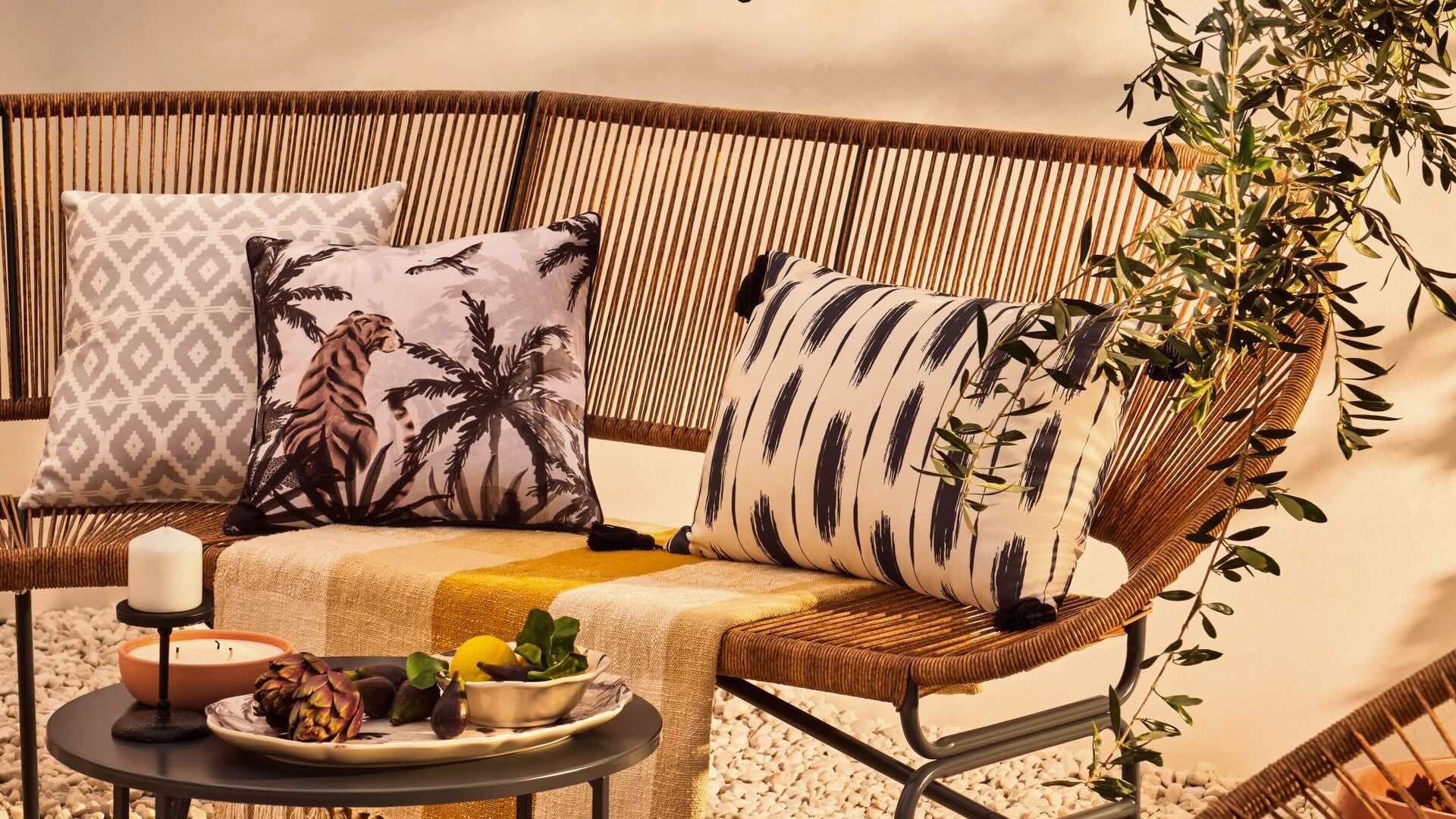
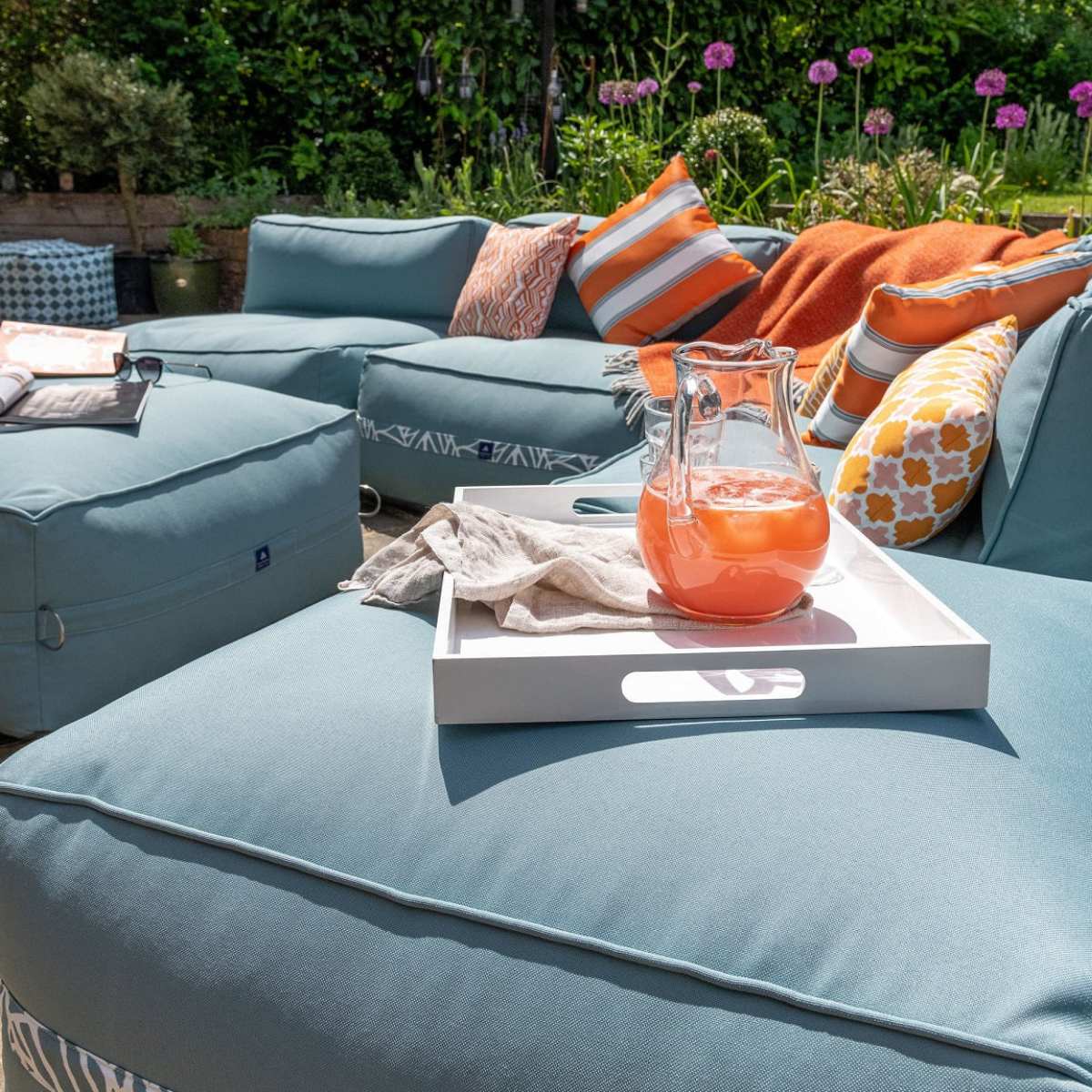
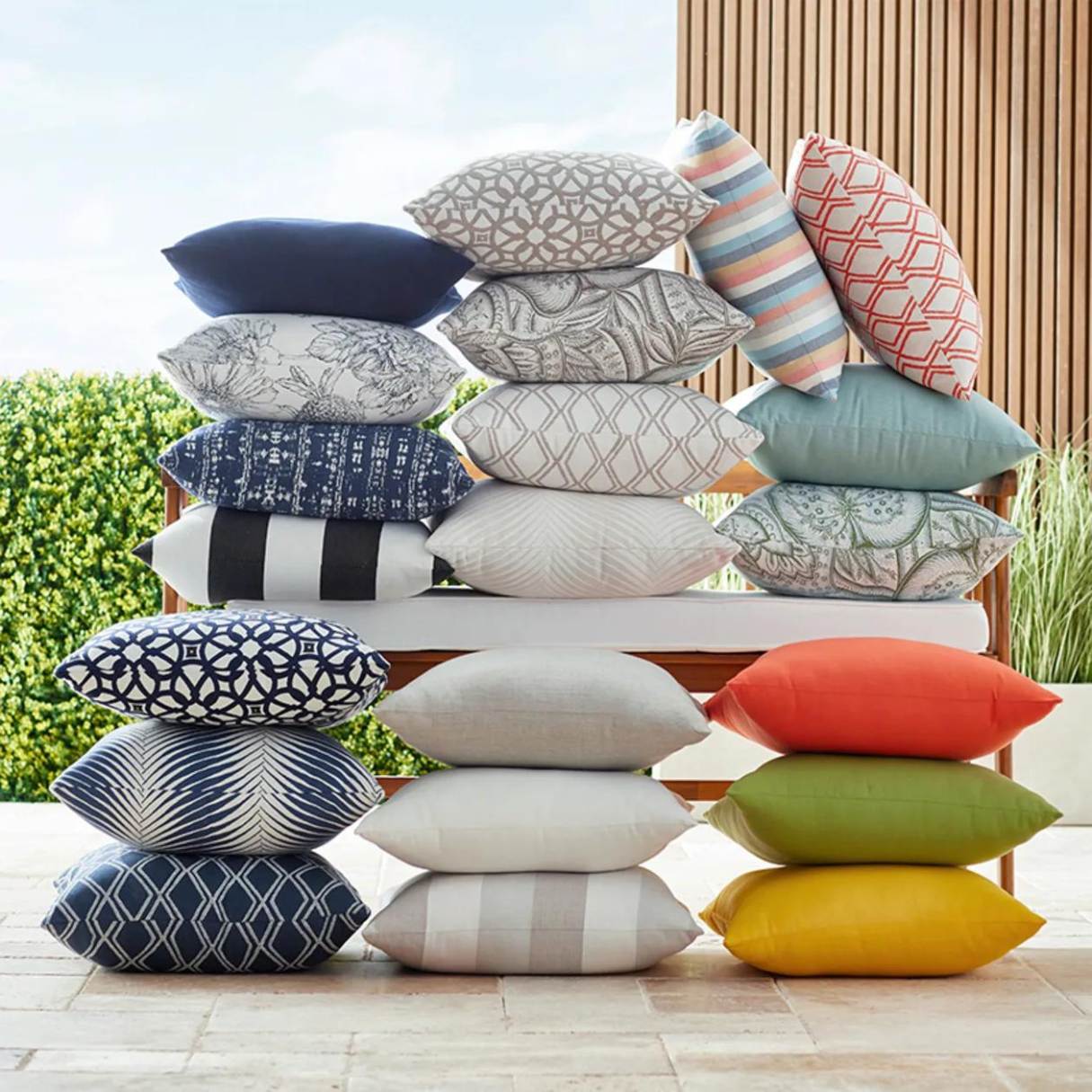
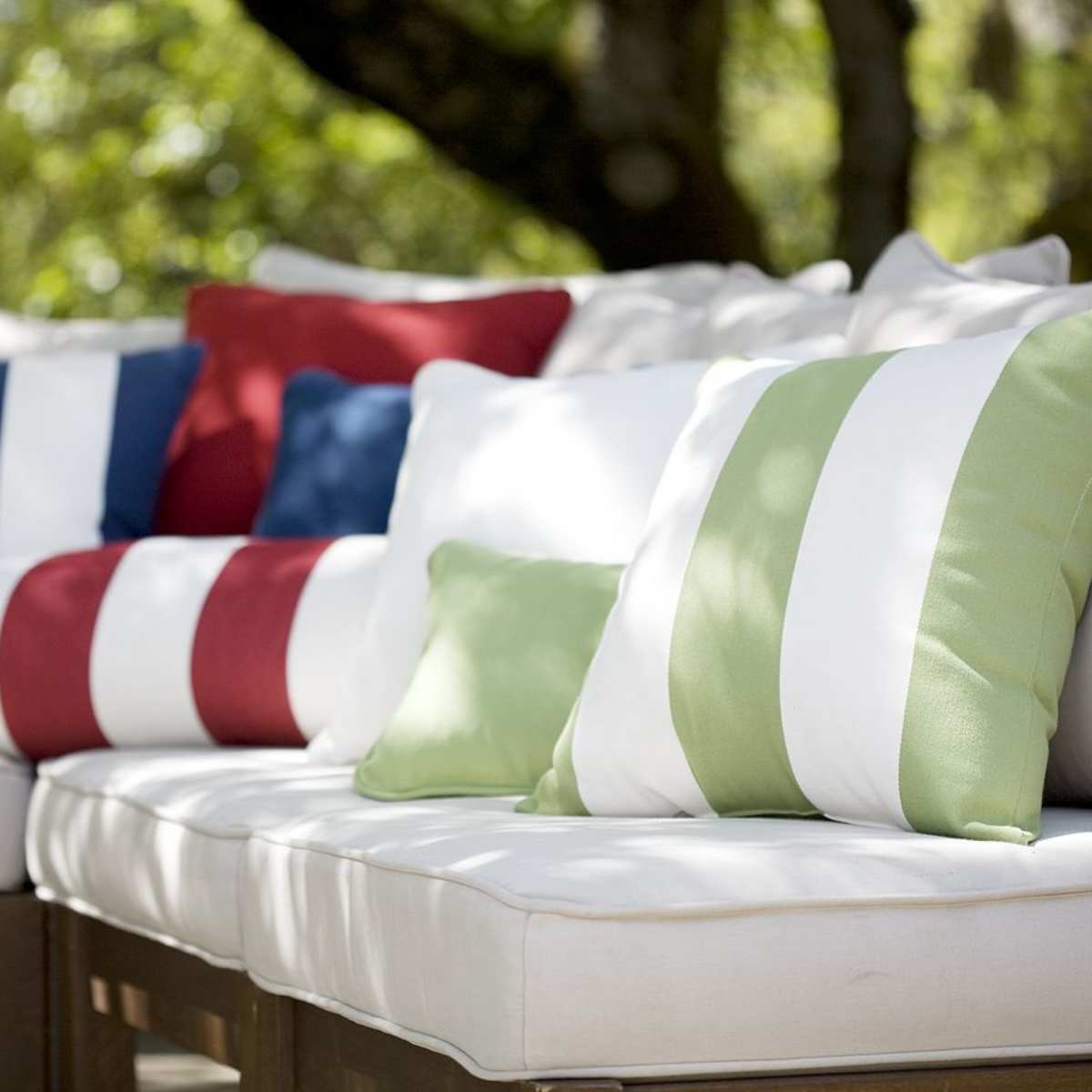
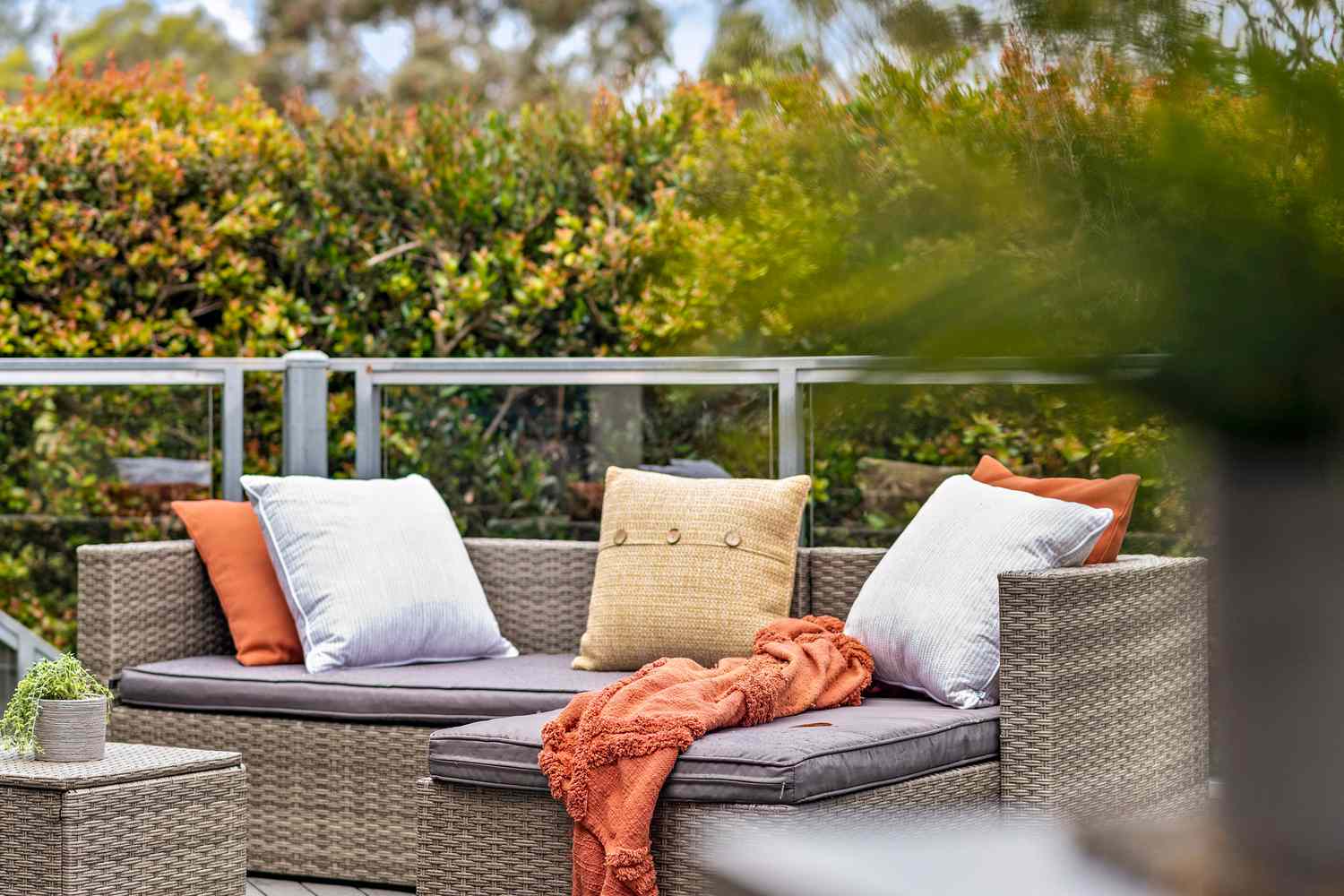
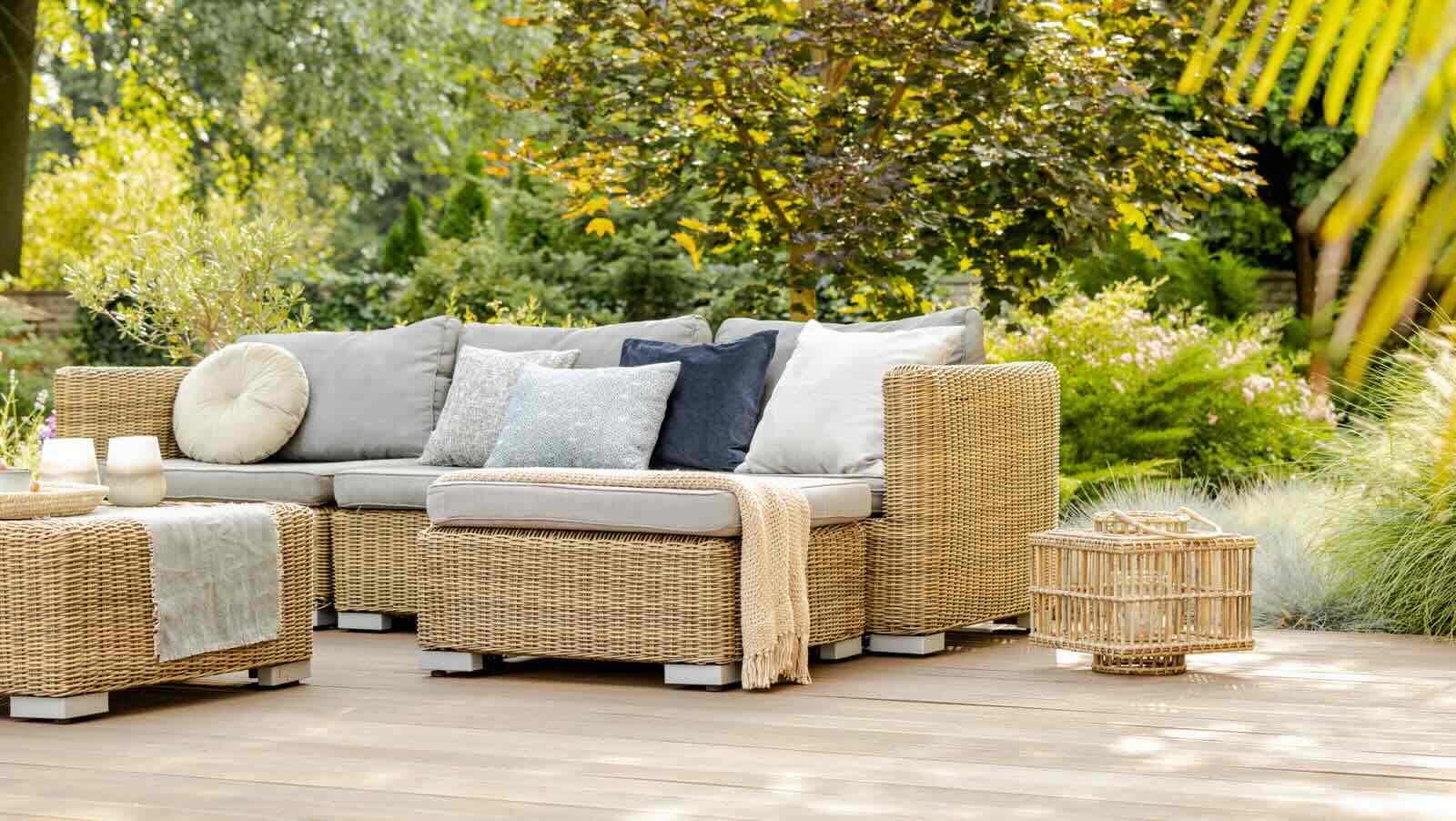
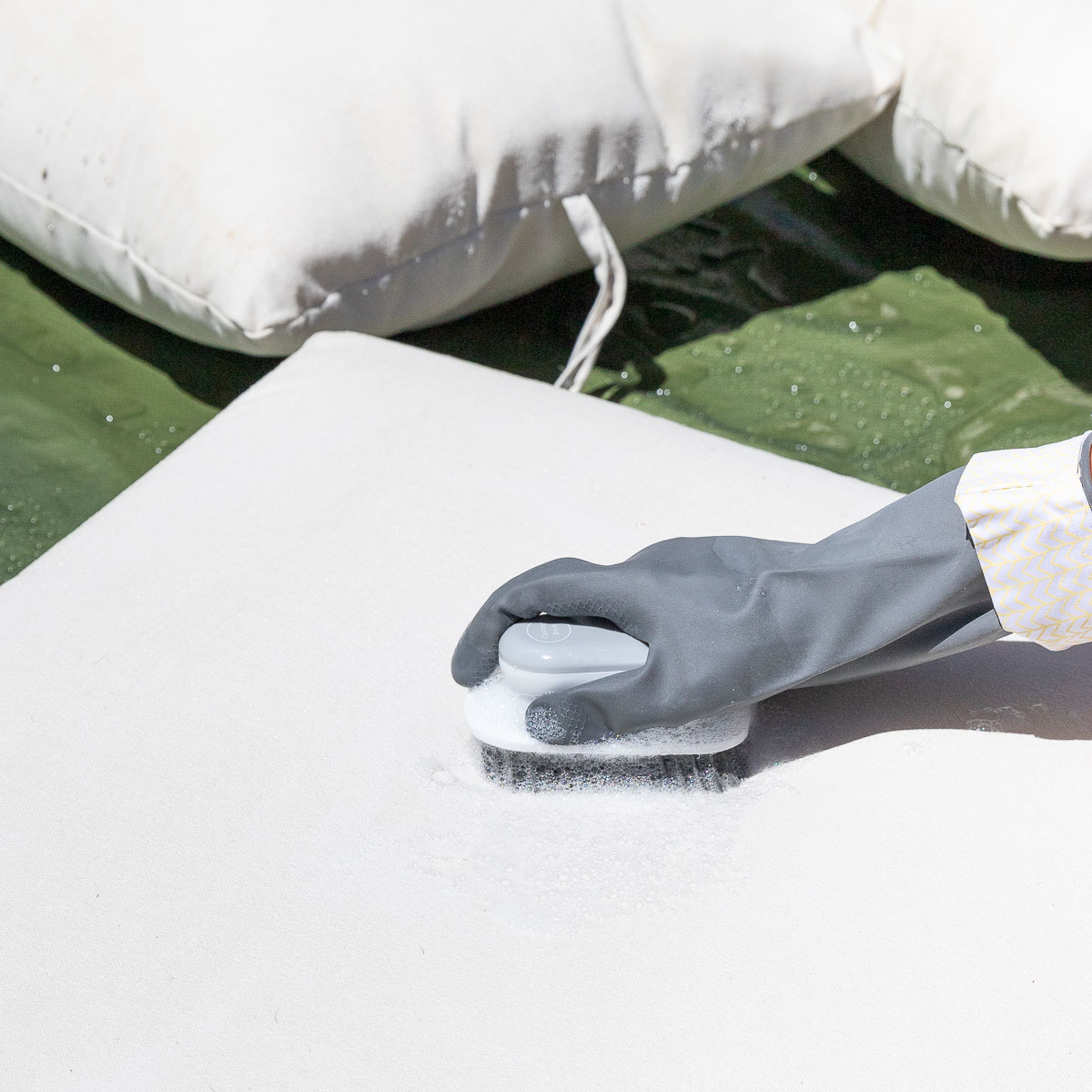

0 thoughts on “How To Build Outdoor Cushions With Sunbrella”